4 benefits of Open Recognition Pathways
Internal benefits, external benefits, training, and communication
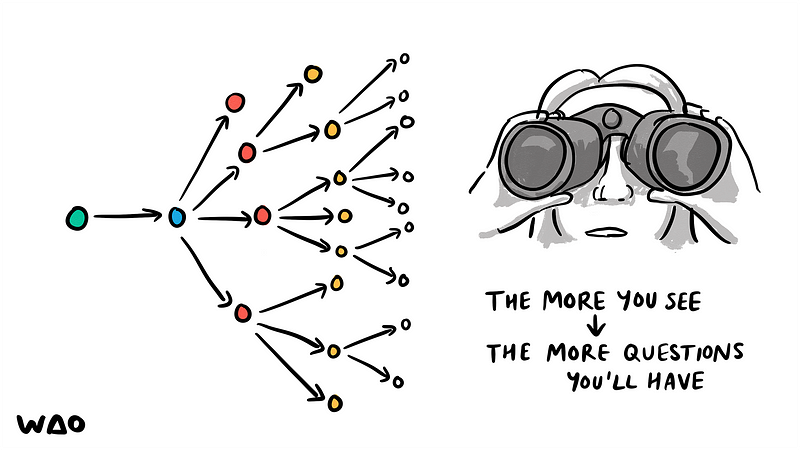
In our last post, we talked about some strategies for implementing badges. In this post, we’ll talk about specific benefits in using badges for digital transformation and related strategic work.
Open Recognition Pathways support strategic goals like staff development and retention, community outreach and engagement, as well as promotional or marketing initiatives.
What are open recognition pathways?
Open Recognition Pathways are constructed from Open Badges. These badges are verifiable, digital artifacts that show a skill or achievement, and are shareable across the web. They appear as a digital image, which once clicked, presents data about the badge, including the criteria for earning it. They can be awarded, issued and earned by anyone and can be connected to form pathways that signpost additional opportunities.

How could pathways benefit an organisation?
1. Internal benefits
- Train up your staff. Badges can package learning criteria up and show a staff members motivation to learn. They can be used to help validate promotions and show a staff member’s commitment to professional development.
- Retention. Since badges provide recognition of an individual’s skills, they can help employees feel valued and seen, which promotes retention.
- Skills search and skills gaps identification. Badge portfolios provide an easily searchable directory of organisational skills, making it easy to identify staff with relevant skills for new projects or skills gaps that should be plugged
2. External benefits
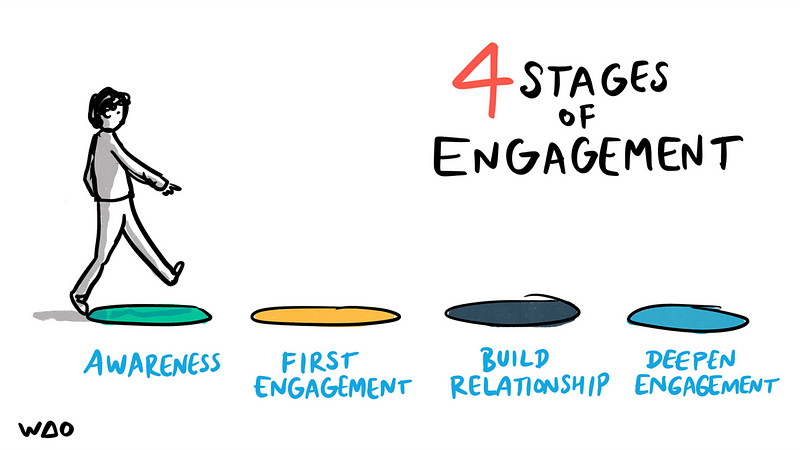
- Open Engagement. Badges make it easy for the earner to demonstrate their skills and values. Contributor Badges earned from a particular organisation, for example, can help a contributor show the skills applied during their open contribution. They also highlight the social values and donation of time they have given to an organisation. These benefits can increase volunteerism and help motivate further engagement with the organisation
- Outreach. Badges can be shared across the web and recipients are often proud to share their achievement. Badges issued can have branding and link back to the organisation. These activities can deliver meaningful marketing wins
- Pipeline. Badges can form pathways towards additional badges and opportunities. Low level badges can be the start of routes towards more meaningful engagement, potentially providing a pipeline of interested and talented people who can contribute to, and further the work of an organisation
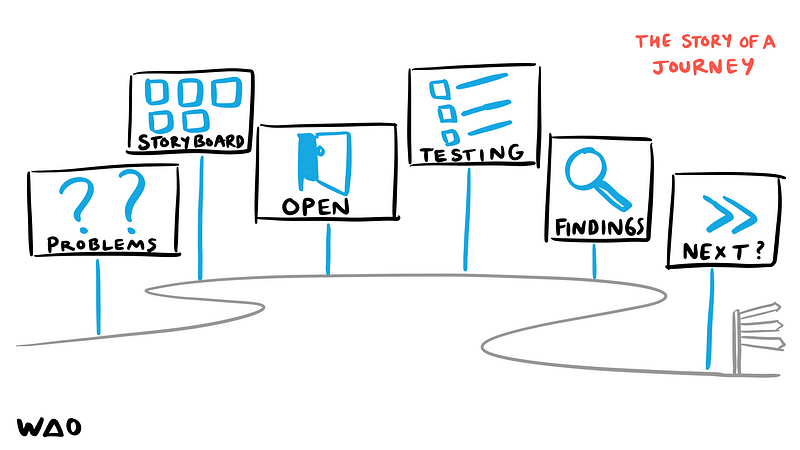
Let’s get more specific
Let’s explore in more detail how they impact three specific departments / initiatives:
3. Badges for internal training
- Provide recognition of learning — people who have taken a training can show that they have done so. They can also use a badge to share what they’ve learned and (humble) brag about their accomplishments amongst their colleagues.
- Internal/External Marketing — People are generally proud to share their achievements. This can drum up support for your programme internally, and it can help position an organisation as a ‘learning organisation’ that invests in its staff
4. Amplifying communications
- Ask for contributions — We know that people contribute as a way to learn new skills, build reputation and to belong to a community with similar values. Contributors who are recognised are likely to share that recognition, and as an added bonus, they’ll link back to the organisation that recognised them.
- Provide pathways to further engagement — Since badges can be connected to form pathways, you can send your audience on a journey that helps them get to know your community and become further engaged in the work that you do.
How do WAO approach this work?
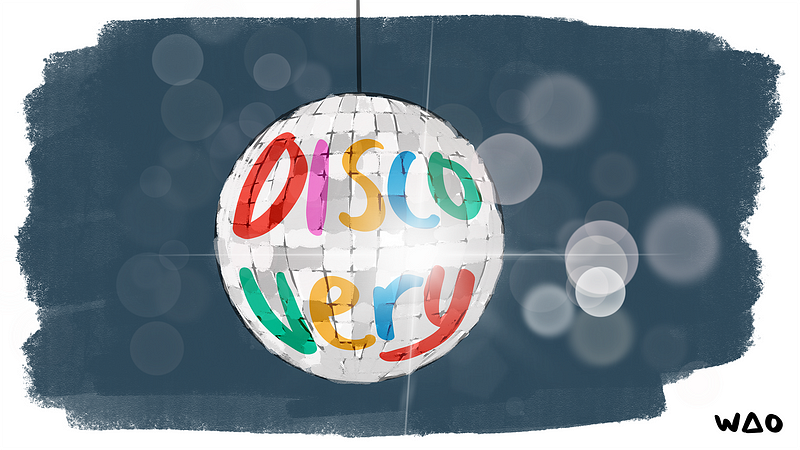
We generally see three phases of work:
- A discovery phase into how badges could support your strategic goals, leading to a badge strategy. We usually recommend having both internal badges to help staff development and retention, as well as more contributor focused badges to promote community outreach and engagement.
- Next we explode that strategy into a project plan for badges. We figure out how to scaffold the development of the badges and the promotion of them with your organisation.
- Implementation! Rolling out new badges is pretty easy once they exist. If learning opportunities already exist, we can add badges for those opportunities, and if they don’t, we’ll develop them.
Interested? Get in touch!
Special thanks to WAO members past and present who worked on this summary.
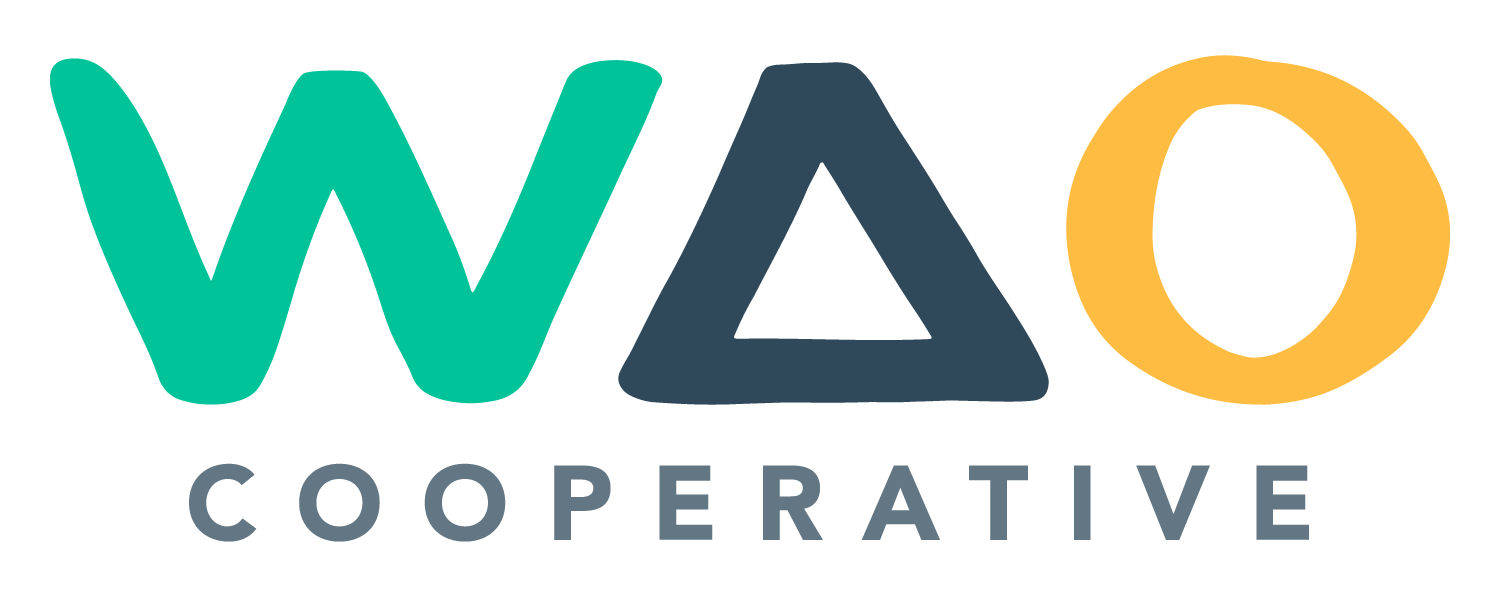
Discussion